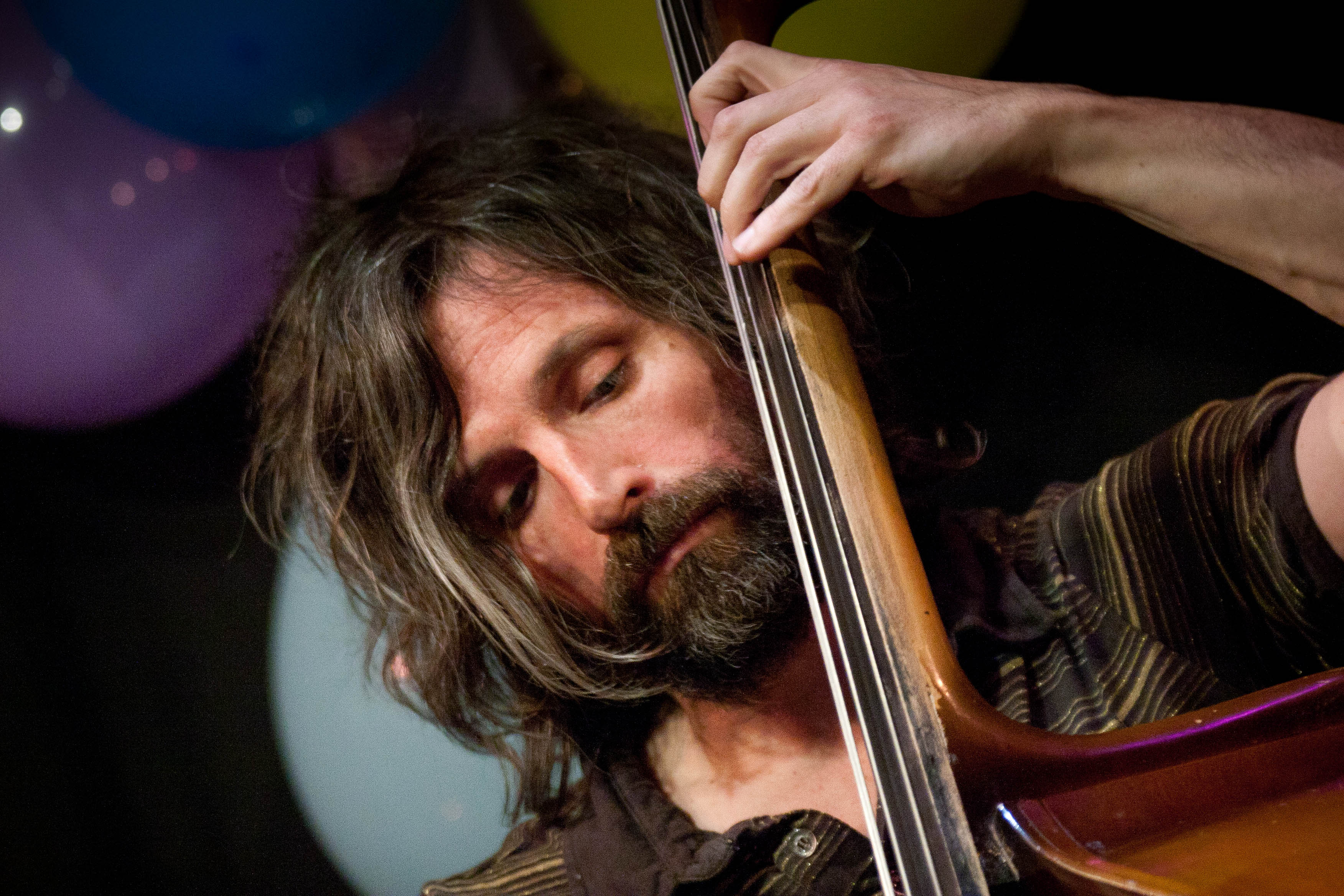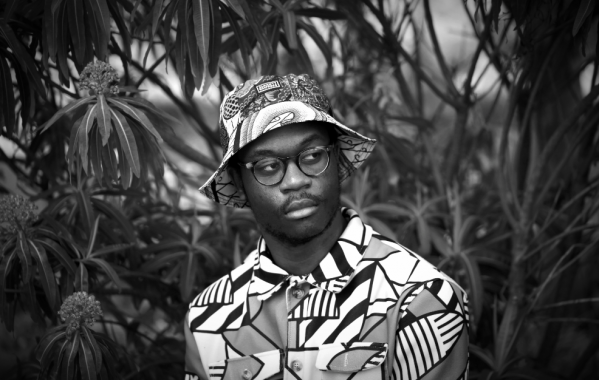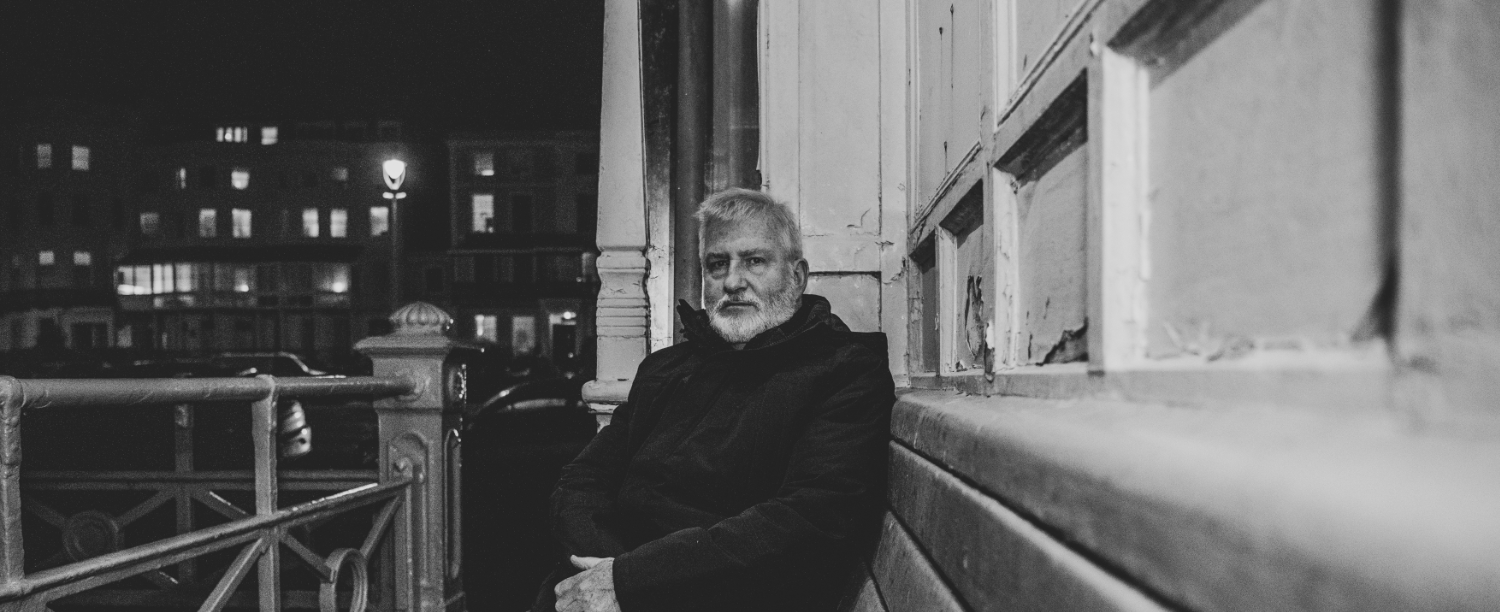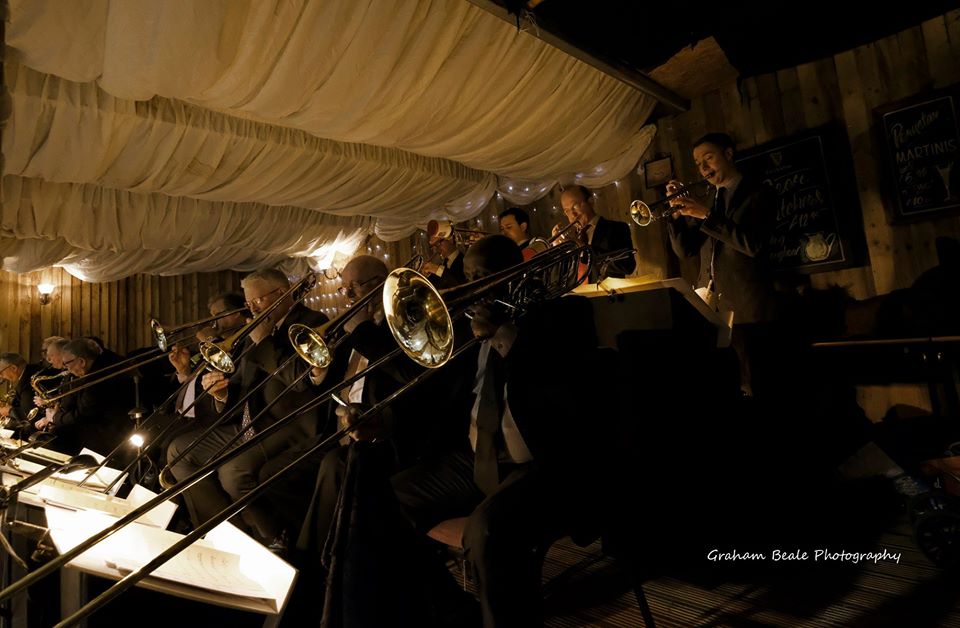The Column: Eddie Myer – Jam Yesterday, Jam Tomorrow

As we mentioned last issue, Brighton has been seeing the green shoots of a slowly emerging jazz boom for the last couple of years, partly driven by the establishment of some successful jam sessions across town. The jam session is a venerable jazz institution, loved and berated in equal measure and capable of delivering both the best and the worst of this remarkably enduring music. It’s a form of musical presentation made possible by that central facet of real jazz, possibly the only constant factor in it’s endless protean evolution; improvisation. So what are jam sessions all about?
Back when the earliest form of jazz emerged blinking into the coal-smeared light of the early 20th century, every performance was a sort of jam session;- trumpeters, trombonists and clarinetists simultaneously performed wild syncopated group improvisations over chugging, mutated march beats, drawing on popular and folk melodies with basic harmonic accompaniments.The jam session as we know it today can probably be dated back to jazz’s commercial heyday in the swing era, when jazz musicians, seeking to escape the strictures of the rigidly-arranged big bands, would gather together in the after-hours nightclubs and speakeasies of New York, Chicago or Kansas City to play with the freedom they were denied under the watchful eye of the MD. (It’s one of the many contradictions endured by professional musicians that when they play music that’s popular, they’re not free to play as they’d really like, and when they play as they’d really like, the results are often not as popular). Musicians being what they are, these early jam sessions could be as much competitive in spirit as collaborative, with the stronger players introducing ever faster tempos and byzantine harmonic substitutions to weed out the weak and unwary- a state of affairs that led eventually to the birth of be-bop.
The basic setup would be the rhythm section combo of piano-guitar-bass-traps that propelled the big bands, playing the harmonic progressions to popular songs of the day in a swung-quavers feel while various peripatetic hornmen would take turns to improvise over the top. This has set the jam session template to this day; a house band, usually a piano/bass/drums trio, employed by the venue, provide backing for whoever walks in off the street to do their thing. The basic foundations of the repertoire can be dated back to the popular songs of the long-distant swing era, with each succeeding generation adding a handful of tunes, so that jam sessions are a great place to acquaint yourself with the jazz songbook.
Jam sessions work because they offer a range of different things to promoters, participants and audiences alike. For aspiring professional musicians they provide an entry point, a way of cutting your teeth in front of an audience; they give amateurs a sympathetic public space in which to perform and express their passion for the music; pro players get a chance to meet and swap phone numbers, ideas and gossip; audiences get a varied and thrillingly unpredictable evening’s entertainment; landlords get to feature a wide and ever-changing roster of performers very cheaply; participants with a variety of borderline personality disorders get a chance to act out their life traumas before a captive crowd. Running a good jam session requires a firm but diplomatic hand; it’s important that no-one feels left out or patronised, and the session shouldn’t feel intimidatingly clique-y, but at the same time the music quality and entertainment factor have to be kept at a decent level or it’ll be no fun for players or listeners.
The rules of jam session etiquette are really no different from the rules of civilised behaviour anywhere else; respect your fellow players, don’t try to dominate the situation, wait for the host’s invitation. Singers who ask for unusual keys without bringing charts, drummers who sulk when asked to play ballads, horn players with their own unique conception of pitch and bass players who don’t know any tunes all present their own challenges- tap dancers, recorder players, harmonica specialists and mime artists add their own unique flavours to proceedings.
Jazz music is uniquely suited to jam sessions because of it’s tradition of group improvisation over a shared repertoire. You may hear complaints that they can be over-competitive, drearily predictable or simply inept, but there’s a certain magic in seeing a group of players who may have been strangers to each other moments before coming together to create joyous music which sums up the essence of jazz, however you define it. Check the listings, get out your crumhorn or your accordion, prepare to expect the unexpected and get yourself along to one.
Eddie Myer


